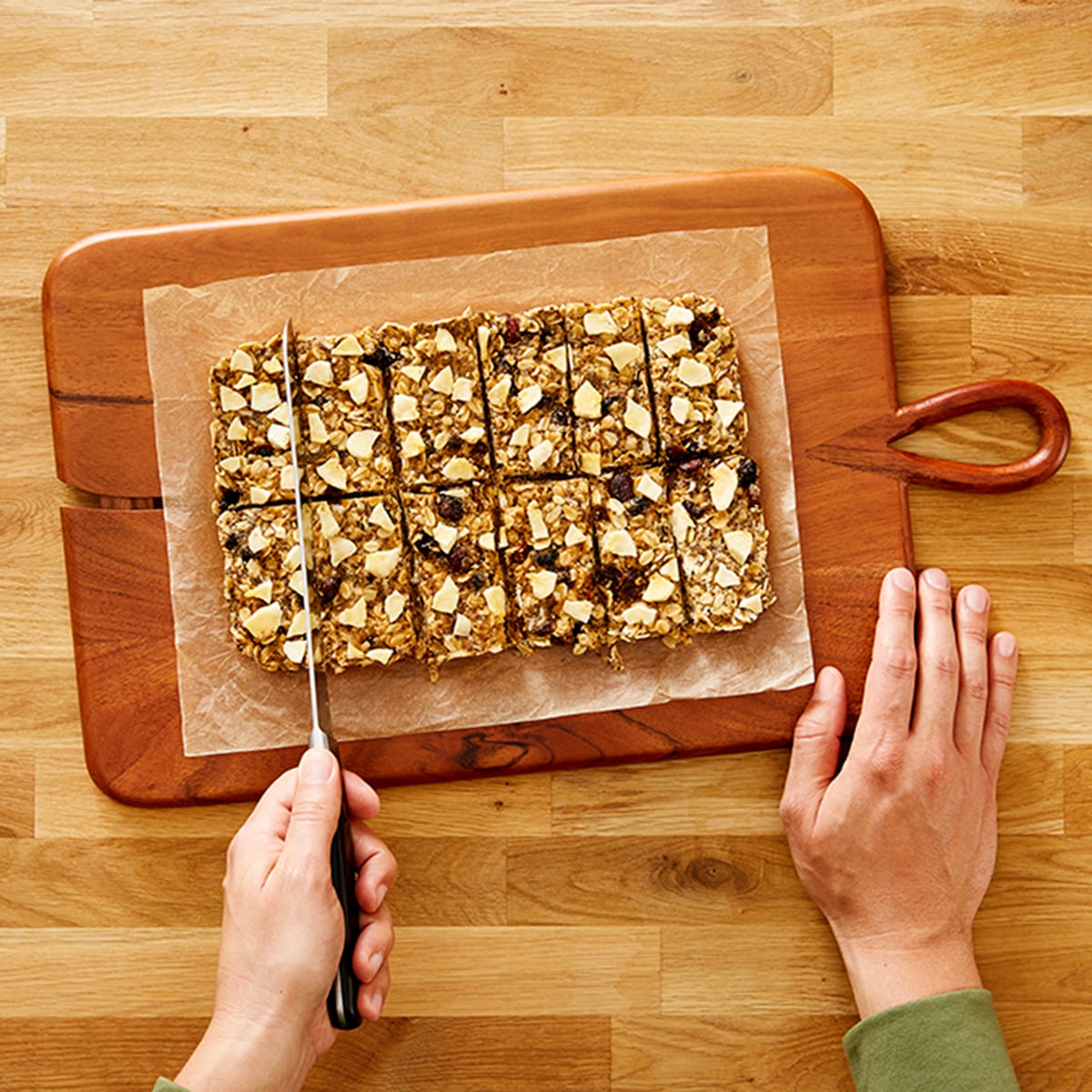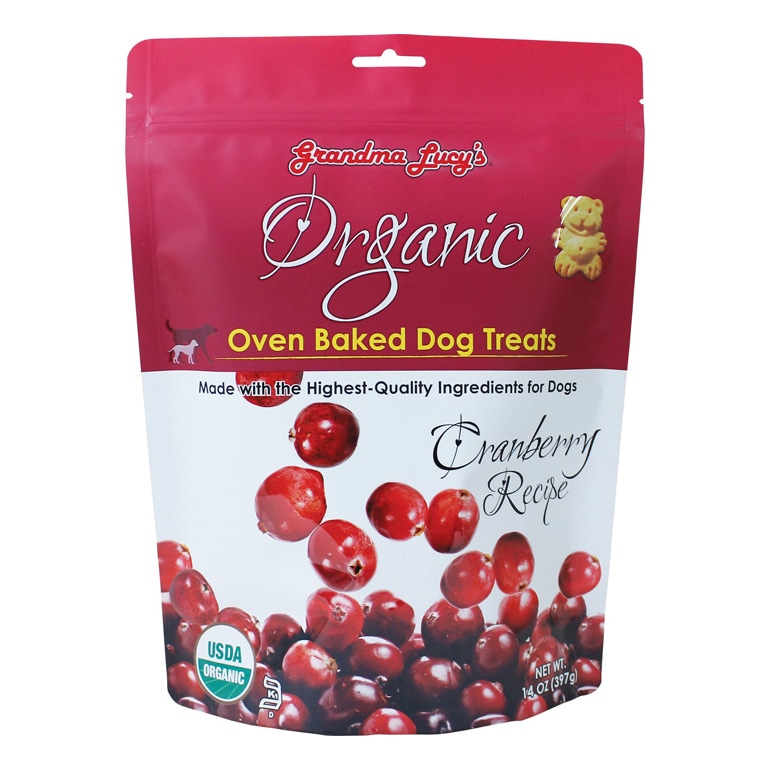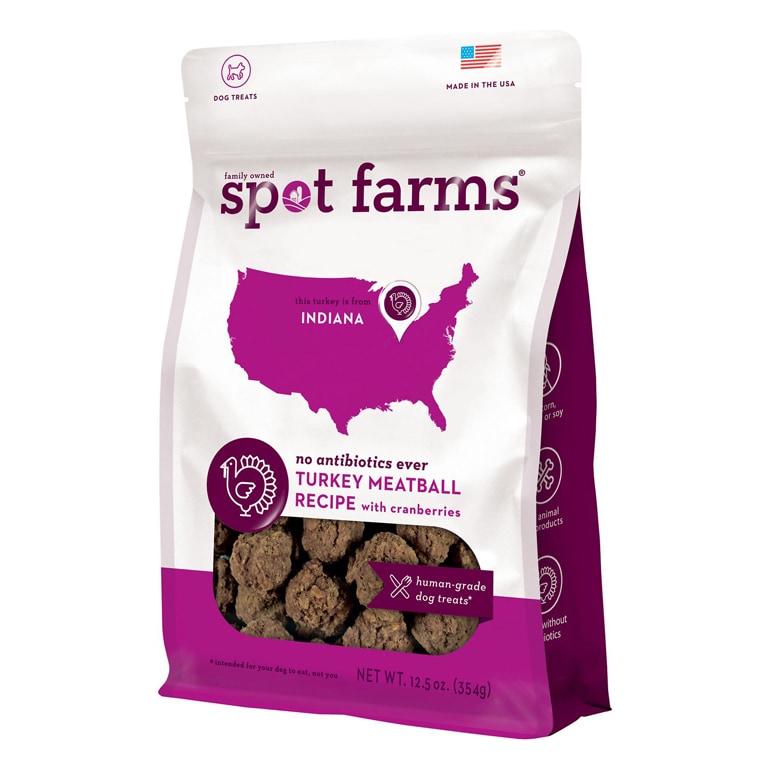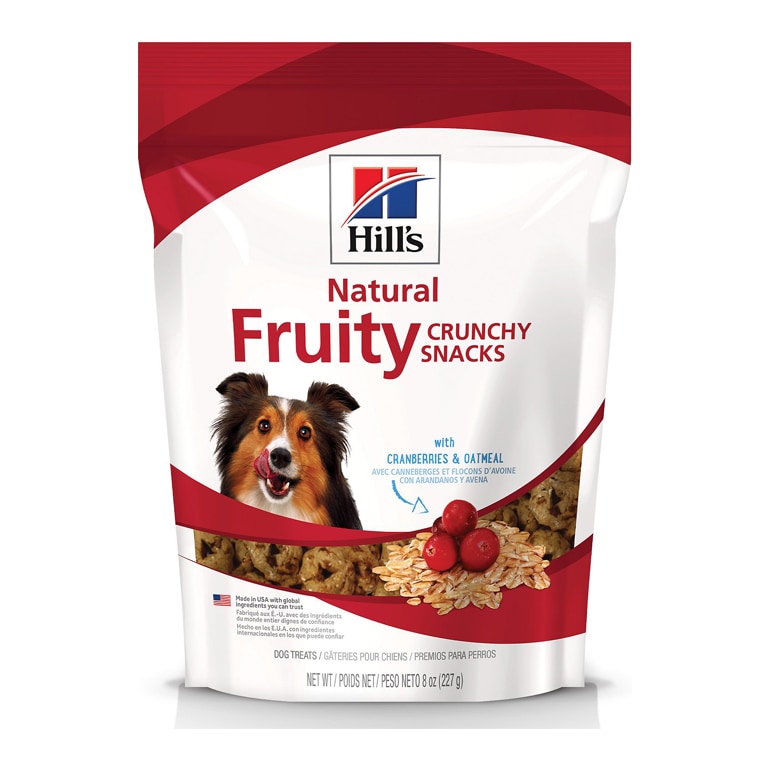Every fall, cranberries reach their peak and are ready for harvesting. These Thanksgiving staples are a key ingredient in so many holiday meals and desserts, making their way into succulent pies, savory stuffing and seasonal sauces. They’re often considered a superfood for humans because they’re high in antioxidants, prebiotic fibers—which are dietary fibers that feed the healthy bacteria in your gut—and other vitamins. But can dogs eat cranberries?
They can! Not only are cranberries good for dogs, they’re also a yummy, year-round treat many pups love to gobble up.
We spoke a veterinarian and a pet nutritionist to get the full scoop on cranberries, including the many health benefits, how to safely feed cranberries to your dog, and what to avoid when introducing this new food into their regular diet.
Benefits of Cranberries for Dogs
Are cranberries good for dogs? Absolutely!
Johnna Devereaux, a certified clinical pet nutritionist and director of Bow Wow Labs Inc., says cranberries are not only safe for dogs, but they’re also a great source of antioxidants and are high in quercetin, a plant pigment that can help boost the immune system, among other benefits.
“Cranberries also contain proanthocyanidins that prevent bacteria from adhering to the bladder walls—which may help in preventing urinary tract infections,” says Devereaux. Proanthocryanidins are naturally occurring chemical compounds that give fruit their red, blue or purple color. “Cranberries are also low in potassium and can be beneficial for dogs with kidney issues.”
If that wasn’t enough, cranberries are also a great source of fiber, which can help keep your pup fuller for longer. That’s a huge plus if you’re trying to help your dog manage their weight.
Be Careful When Feeding Your Dog Cranberries
Are cranberries bad for dogs? Not usually, but while they’re a delicious, healthy treat in some forms, pet parents should avoid feeding their furry friends dried and canned cranberries, which are usually loaded with sugar. (There are dried cranberry options that are all-natural and unsweetened, so check the label.)
Dr. Albert Ahn, DVM, president of AB Science USA in Chatham, New Jersey, also suggests avoiding cranberry juice because of the added sugar and high fructose corn syrup—two things your pup definitely doesn’t need in their diet.
“Additionally, one should avoid any food that contains cranberries that have been mixed with grapes, grape juice or raisins, which contain a substance that can cause injury to your dog’s kidneys,” says Dr. Ahn, who is also a strategic advisor for MYOS, a senior pet healthcare company in Cedar Knolls, New Jersey.
Check with Your Vet Before Feeding Your Dog Cranberries
Remember—it’s always a good idea to consult your vet before incorporating any new foods into your dog’s diet, especially if they have any underlying health conditions. Cranberries, for example, can cause complications for dogs who are prone to calcium oxalate stones, Devereaux says.
Your vet can also tell you how many cranberries to feed your dog based on their age, breed and caloric requirements, adds Dr. Ahn.
But if you get the thumbs up to feed your pup cranberries, we think they’ll love every bite!
How to Safely Feed Your Dog Cranberries
Not only can dogs eat cranberries, but they can be a year-round part of their diet.
It’s best to give your dog fresh cranberries when they’re in season or frozen cranberries that have been defrosted, says pet nutritionist Devereaux.
Dr. Ahn agrees, saying that frozen cranberries are hard enough that they can damage a dog’s teeth when they’re chewing them—so be sure to defrost them first. And if you’re feeding your pup fresh cranberries, wash them like you would with any fresh fruit.
However, because most dogs don’t like the bitter taste when they’re fed just cranberries, Devereaux suggests mixing them into their food.
If your dog has never had cranberries before, take the “low and slow” approach, Devereaux says. “’Low and slow’ is the way to introduce a new variable in low amounts and slowly over time to ensure that your dog accepts the new addition willingly,” she explains.
Dr. Ahn says medium-sized dogs can potentially have a few cranberries per day. If your furry friend is smaller, stick to one or two. Larger dogs can have a few more. But keep an eye on your dog, because too many cranberries can cause an upset tummy. Signs of gastrointestinal distress including vomiting, diarrhea or both.
“If your dog is averse to real cranberries, you can get some of the same benefits by delivering it in pill form,” Devereaux says. There are a variety of cranberry supplements for dogs on the market, but it’s always a good idea to talk to your vet first. They can tell you if cranberry supplements for dogs are a good option for your pup and then recommend the best options, like Zesty Paws Cranberry Bladder Bites.
Cranberry Treats for Dogs
If you’re looking for inspiration for other ways you can incorporate cranberry into your dog’s diet, there are countless already-made-for-you dog treats with cranberry—or you can get creative in the kitchen!
Here are some ideas:
Homemade Dog Treat Recipes with Cranberry
Share:















